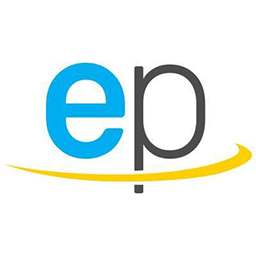05-10-2015 | LPRS | Subs & Systems
Low Power Radio Solutions (LPRS) has gained FCC and IC approval for its easyRadio Integrated Controller transceiver module (eRIC9-FCC), approving its use in the USA and Canada and therefore removing this complex approval process for OEM’s.
The eRIC9-FCC is the latest transceiver in LPRS’ market leading easyRadio range of low power wireless modules. The new module is available with selectable operating frequencies for world markets in the Industrial, Scientific and Medical (ISM) bands of 868MHz for the UK and Europe, and 915MHz for the USA and Canada. The compact form factor, surface mount packaging and external antenna connector simplify product design and manufacture and provide for flexible placement of the module within an end product.
LPRS’ eRIC9-FCC transceiver is a System-on-Chip (SoC) design offering Electronic Engineers programmable on-board application memory of which; half contains the easyRadio Operating System (eROS) that simplifies customer RF configuration and peripheral access, and the other half can be optionally used for users own application code. This can be written using industry standard tools and a quick-to-learn API (Application Programming Interface). The availability of this on-board application memory will often eliminate the need for an additional microcontroller in the end design, saving cost, reducing footprint and power consumption.
Another key feature available via the API or by using easyRadio commands allows LPRS’ eRIC modules to be set in a number of low power operation or low power consumption modes reducing current consumption to as low as 32uA. Such low power operation makes eRIC modules suitable for battery powered applications.
The flexible, embedded eROS operating system is user configurable and features programmable user I/O minimising external hardware requirements for custom applications. eROS handles all the complex radio functions eliminating the need for the user to program multiple control registers and understand their interaction.
The simple to use API provided replaces low level chip specific code with intuitive pin commands that allow the multiple general purpose I/O pins and internal function blocks to be configured and interfaced to external hardware. These built in functions make customisation easy for the novice and powerful for advanced programmers. This architecture can eliminate the need for a separate application microcontroller and thus minimises cost and power consumption for simple ‘sense and control’ RF nodes such as might be employed within the Internet of Things (IoT), says the company.
